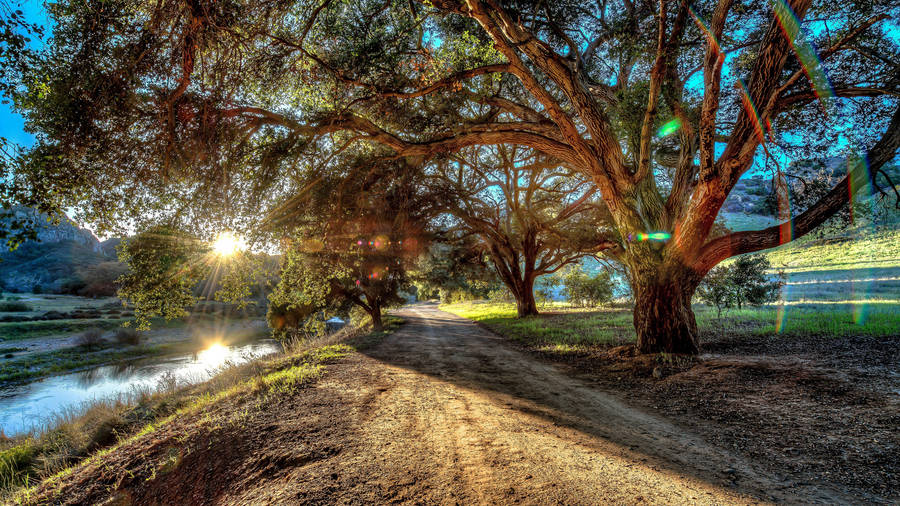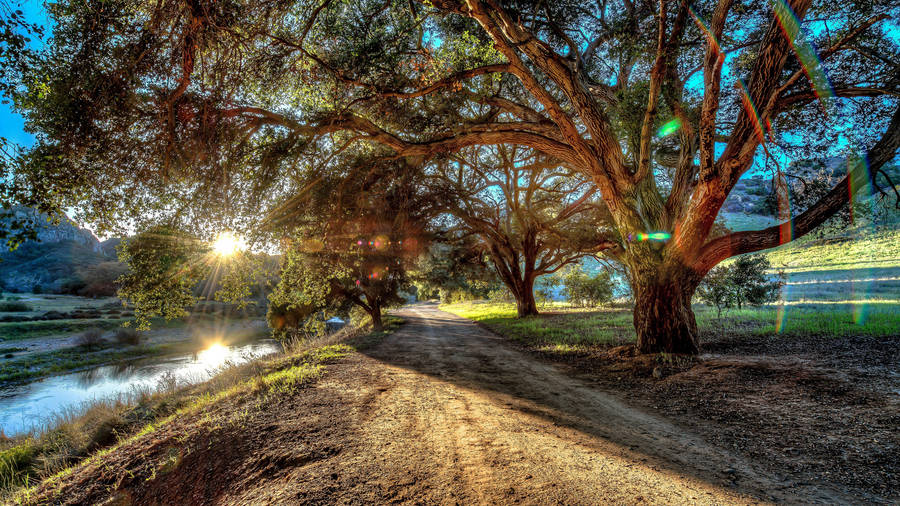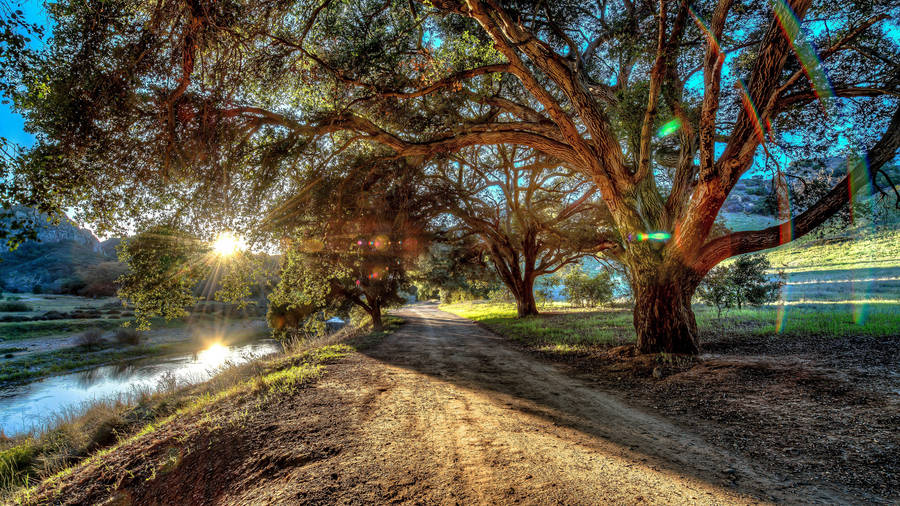عکس تون شامل حاصل ادغام چند فریم هست؟ فکر نکنم تک فریم باشه...
امروز یک متن جالب از آقای باب آتکینز دیدم:
.I'd just point out one fact that many people miss.
If you are recording stars as points of light, it's the absolute physical aperture of the lens that counts, not the relative aperture (fstop), when it comes to the exposure needed to record a star of a particular brightness.
This is counterintuitive to many photographers, but it's because stars are point sources, not extended objects. If you are photographing extended objects like nebulae, then the f-stop does count. The f-stop also influences the amount of "skyglow" that you capture, i.e. how long it takes before the sky starts to "wash out".
Obviously the physical aperture of a 16mm f2.8 lens is pretty small (5.7mm), so though it may record the sky glow (and aurora) pretty fast, a fairly long exposure may be required to record faint individual stars.
If you pixel peep, the edge quality of the Zenitar wide open isn't going to be diffraction limited I'm afraid, but I'm not sure any lens will be. Stars are a very severe test of optical quality
یعنی چی؟ من که قاطی کردم! چرا نباید عدد دیافراگم من مواقع عادی تاثیر گذار نباشه در عکس های نجومی؟ :confused:
اینجا:
کد:http://photo.net/nature-photography-forum/00O4ql
نمایش نتایج : از شماره 1,151 تا 1,160 , از مجموع 2842
موضوع: عكاسي نجومي Astrophotography
-
Friday 11 September 2009, 18:09 #1151كاربر فعال

- تاریخ عضویت
- August 2008
- محل سکونت
- تهران - تبریز
- نوشته ها
- 554
- تشکر شده
- 2650
- تشکر کرده
- 4296
 پاسخ: عکاسی از ماه و ستارگان
اصلان نورقاسمی
پاسخ: عکاسی از ماه و ستارگان
اصلان نورقاسمی
-
Friday 11 September 2009, 18:52 #1152
 پاسخ: عکاسی از ماه و ستارگان
پاسخ: عکاسی از ماه و ستارگان
علیرضای عزیز
اگه اشتباه نکنم زمان تأخیری که شما ازش صحبت می کنی زمانیست که دوربین در حال انجام noise reduction هست و اگه توی منو این حالت رو خاموش یا در حالات پایینتر قرار بدی این زمان کاهش پیدا می کنه و در پایین ترین حالت فکر می کنم 2-3 ثانیه فقط سیو کردن طول بکشه
در ضمن برای گرفتن چند عکس پشت سر هم دوربین من توی shooting menu یه حالتی به اسم interval time shooting داره که فکر می کنم یه خورده کمک بکنه. البته من تا به حال ازش استفاده نکردم.خوشحال می شم اگه کسی از دوستان بلده باهاش کار کنه اینجا وضیح بده.احمد پیروز
Nikon D300 + MB-D10 + 16-85 VR + 70-200 VRII + Lowepro Pro Runner 300 AW + Slik PRO 400DX + Slik SH-705E
-
Friday 11 September 2009, 21:11 #1153
 پاسخ: عکاسی از ماه و ستارگان
پاسخ: عکاسی از ماه و ستارگان
احمد جان ايني كه گفتيد رو آقاي قديري راد هم گفتند.
d90 اينتروال نداره ولي من بلدم باهاش كار كنم. يك روز اگه با دوربين ديدمت بهت ياد مي دم.
قيمت اين وسيله چنده؟
---
ميشه يكم در مورد تنظيمات دوربين در موقع عكاسي از ستارگاه و ماه توضيح بدين؟ مثلا d-lightingو ديافراگم تاثير دارند؟ من يك عكس 10 دقيقه اي گرفتم اما تعداد ستاره ها خيلي كم بود. بعد اديت هم همچين چيز خوبي از آب در نيومد.عليرضا تارا
-
Friday 11 September 2009, 21:18 #1154
-
Friday 11 September 2009, 22:50 #1155
-
Friday 11 September 2009, 23:12 #1156كاربر جديد

- تاریخ عضویت
- April 2009
- نوشته ها
- 6
- تشکر شده
- 7
- تشکر کرده
- 3
 پاسخ: عکاسی از ماه و ستارگان
پاسخ: عکاسی از ماه و ستارگان
سلام این اولین پست منه !!!
من با دوربین hx1 سونی گرفتم البته نشد در مقایسه با عکس های دیگران که خیلی عالی هستند من فکر میکنم با این دوربین میتوان عکسهای بهتری گرفت هرچند به پای دور بین رده بالا نمیرسد ولی رقیبش sx1 و fz28 است که میخوام بدونم چطورند؟ کسی از ماه عکس گرفته با این دوربینها؟
با تشکر
روی عکس propeties کلیک کنید مشخصات را نشون میده.
-
Saturday 12 September 2009, 00:00 #1157
 پاسخ: عکاسی از ماه و ستارگان
پاسخ: عکاسی از ماه و ستارگان
جناب نور قاسمی:
بله از ادغام دو عکس زیره.البته نمیدونم این ادغام تا چه حدی درست بوده و طبیعی به نظر میرسه؟؟؟
ممنون میشم راهنمایی کنید.
عکس ادغام شده:

2 عکس مورد استفاده:

 Samsung Nx2000
Samsung Nx2000
Instagram
-
Saturday 12 September 2009, 00:46 #1158
-
Saturday 12 September 2009, 00:55 #1159
-
Saturday 12 September 2009, 00:55 #1160
 پاسخ: عکاسی از ماه و ستارگان
پاسخ: عکاسی از ماه و ستارگان
دیگه پیری این دردسر ها رو هم داره دیگه!
معمولا خط های آخر رو نمی بینم... :biggrin:احمد پیروز
Nikon D300 + MB-D10 + 16-85 VR + 70-200 VRII + Lowepro Pro Runner 300 AW + Slik PRO 400DX + Slik SH-705E

 12621تشکر
12621تشکر LinkBack URL
LinkBack URL About LinkBacks
About LinkBacks


 پاسخ با نقل قول
پاسخ با نقل قول



